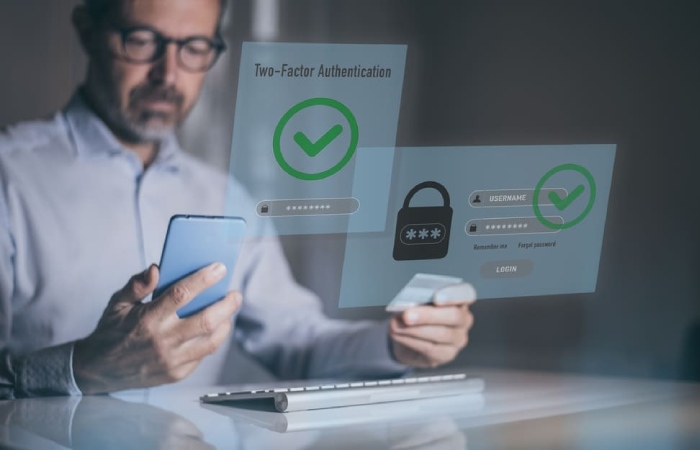BIN checkers are a vital tool in financial security technology that adds an extra coating of security to transactions. Their primary function is to analyze the first six digits of a bank card. These digits, known as the bank identification number (BIN), store information about the issuing bank, card type, payment system, and geographic origin.
This data allows financial institutions to verify the legitimacy of payments in real-time and optimize business processes. Let’s dive into the features of BIN checkers and learn how to use this tool effectively.
BIN Checkers: Applications Security Technology

Modern data processing technologies allow BIN checkers to detect suspicious activity at the initiation stage. For example, if a card is registered in one country and a transaction is initiated from another, the system can immediately flag it as potentially risky security technology.
BIN checking can also be used to optimize business processes. By automatically checking cards, companies can quickly filter out inappropriate payment methods. This saves time, reduces wasted resources and improves the customer experience – legitimate users are less likely to experience transaction rejection.
BIN verifier software solutions are integrated into the ecosystems of the largest financial platforms. They are part of comprehensive monitoring systems that combine transaction data, geolocation and behaviour patterns. This integration helps block fraudulent transactions in real-time and supports long-term risk management strategies.
An important aspect of BIN checkers is their ability to keep databases up-to-date. Since banks regularly issue new cards and modify the parameters of existing ones, access to up-to-date information is essential. Modern systems use cloud technologies to update databases in real-time, ensuring accurate verification results.
In short, BIN checkers are an indispensable part of the financial infrastructure. They reduce risks, build trust in digital payments and contribute to the growth of the global digital economy. Without them, effective fraud prevention and risk management would not be possible.
Also Raed: IT Infrastructure
BIN Checkers: How to Choose the Right Tool
If you are considering a BIN checker for business or personal use, keep a few key points in mind:
Reliable data. Choose trusted services and use up-to-date databases. Accurate card information is essential. The more extensive the database, the more effective the BIN checker will be security technology.
Ease of use: The interface should be simple, allowing you to quickly and easily find the information you need.
Speed. A good BIN checker will instantly give you results, saving you valuable time.
Compatibility: Some services can be integrated with payment systems or CRM tools, simplifying operations and automating card checking.
Use a web search to find tools that provide important information for free security technology.
BIN checkers – how to use them

Let’s look at how to use a BIN checker using the example of 403163 BIN. Each digit contains specific information:
First digit: The Primary Industry Identifier (MII) indicates the type of organization that issued the card. For example, “4” represents Visa, and “5” represents Mastercard.
The second, third, and fourth digits form the issuer identifier, identifying the bank or financial institution issuing the card.
The fifth and sixth digits contain additional information, such as the card type, region, or other issuer characteristics.
Together, these six digits create the complete identifier of the issuing bank security technology.
We will use the free BIN checker Pulse from financial service PSTNET to extract this data. This ensures that the tool remains accurate and up-to-date.
Steps to use it:
Enter the first six digits of your card in the BIN checker search field.
To see the results, click the “Check” button.
BIN checker will show the issuing bank, card type (debit, credit, prepaid, etc.), payment system (Visa, Mastercard, etc.), and the country or region where the card was issued.
The tool instantly processes the information, displaying all the card details on the screen.
Conclusion
BIN checkers are a vital tool for protecting transactions and simplifying business operations. They analyze card data in real-time, detect suspicious activity, and help prevent fraud. By automating processes, companies can make faster decisions, minimize risks, and improve the quality of payments for their customers.
Today, BIN checkers are part of advanced monitoring systems that combine transaction data, geolocation, and user behaviour. This allows for the blocking of fraudulent transactions and the creation of long-term protection strategies security technology.
When choosing a BIN checker, look for database accuracy, speed, and an easy-to-use interface. Tools like PSTNET’s free Pulse BIN checker demonstrate how easy it is to access accurate data and make informed decisions based on I security technologyt.
BIN checkers don’t just protect your money: they lay the foundation for a thriving digital economy where transactions are safer, and trust in electronic payments continues to grow security technology.

